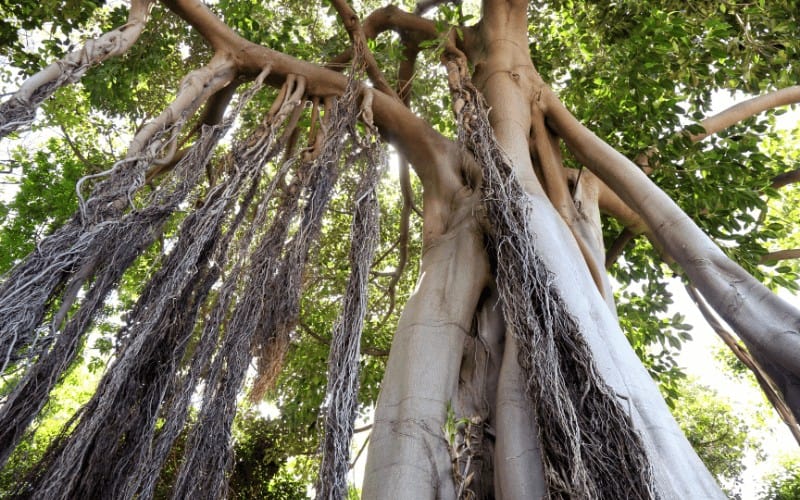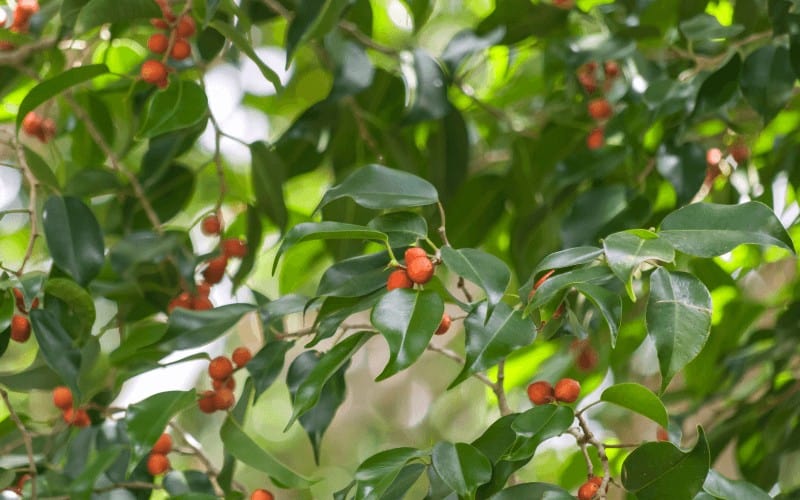To a relatable extent, ficus trees are planted by most gardeners because of their attractive nature. They can also serve as both indoor and outdoor ornaments depending on preference.
The first sign of danger is usually habitual leave drops until it starts losing more than a few leaves.
On the verge of dying, other than losing leaves, a ficus tree could show signs that are quite threatening if there's a depletion of nutrients.
If your ficus tree is gradually loosing its life and you're wondering how to save a dying ficus tree, this is the perfect article for you.
Table of Contents
Can You Save a Dying Ficus Tree?
Yes, you can save a dying ficus tree! After all, reviving your tree would not be a problem having identified the problem.
Important Facts About Ficus Tree
The Ficus is an elegant tree with slender gray trunks and green leaves, and just like every other plant, indoor and outdoor ficus trees have several varieties.
Knowing these varieties would help you understand the basics of how to save a dying ficus tree. Ficus has over 700 species and performs best in any condition provided it is treated well.
A Ficus needs well-draining fertile soil to obtain maximum growth. Soil-based potting mixes should work well for your plant and provide the nutrients it needs for its growth, however, avoid using more acidic soils.
As stated earlier, there are some signs your ficus tree would show when it is on the verge of dying. Let’s see these signs.
Signs of a Dying Ficus Tree

- Pale-looking plants
- Felling of curling, yellow-colored leaves.
- Liquids dripping off sticky leaves.
- Yellow or brown spots on the leaves, a sign of a malnourished ficus tree.
- Tiny looking foliage
Sometimes gardeners find it difficult to trace the causative factors for their dying plants. These curated factors will guide you on the do's and don’ts when growing a ficus plant.
Why Your Ficus Tree Is Dying
1. Change of environment
As the human system change towards a certain environment, so do ficus do when they change environment most especially in environments with unfavorable conditions.
Your ficus trees could be dropping leaves because they changed the environment. Change in humidity and temperature in your house, especially for indoor plants can affect its condition drastically.
2. Lighting
Too little light causes your ficus tree to look pale or white. Generally, it would look sparse and spindly getting less light.
Technically, most plants and trees would not prefer direct light. Irrespective of the ficus tree being a lover of sunlight, just like other plants, it would not enjoy direct sunlight.
3. Improper watering
That is; under watering or over watering, not watering the tree causes the plant to lose its nutrients and strength to stay nourished.
Giving your ficus tree too much water makes it susceptible to root rot and increases its exposure to insects, and fungus. These insects leave sticky and dripping liquids on your ficus tree, in turn causing it to lose leaves.
Note: Ficus tree can be affected occasionally by a fungus; other than overwatering causing this.
4. Weeds and grasses
These overdue weeds and grasses invite pests and prevent your ficus trees' natural growth.
How To Save a Dying Ficus Tree

First of all, avoid moving your ficus tree unnecessarily. Also, if your ficus tree lacks lots of indirect light and is exposed to too much light then move it to a deserving area.
However, do not allow your ficus plant to stay in a room that falls below 55 to 60 degrees Fahrenheit. This could be a destructive factor for your tree.
Water your ficus plant adequately, that way you save yourself the stress of having to think of the possible ways to revive it. Water your tree two to three inches upon soil drying out.
Note: the larger the tree the more water it needs, meanwhile water the soil only when the tip of the soil is dry, you can rehydrate the soil if at all it has dried completely.
If you are using a container soak the container for an hour, to avoid root rot. To avoid overwatering, use the aid of a soil moisture meter. Control measures such as using neem oil as insecticide could be used.
Additional tips
- Prune ficus tree using sterile gardening tools. Experts advise pruning the tree in the winter or early spring before the new growth starts to appear.
- Test the limbs to check if it is dying or already dead.
- Cutaway all dead leaves and dry limbs.
- Fertilize your ficus tree with a balanced blend of the elements needed, the ratio of 8-8-8 or 12-12-12, and always as recommended.
- If you want your tree to live, without disturbance. Avoid using herbicide that contains triclopyr.
Note: if you moved to a new environment along with your ficus tree, you might want to check it.
Recommended Readings:
Conclusion
Ficus trees can be saved from dying with the right identification and solutions. The good thing is this guide equips you with all you need to know about how to save a dying ficus tree.
Nonetheless, if at all you are unable to discern the source of the problem, consider calling a nearby gardening shop.
Saving your tree should not be a task, but fun, as this would help you learn more about your plant and be more intentional about it. Follow the procedure and have a great experience saving that ficus tree!




